Ema is a trained architect, writer and photographer who works as a Junior Architect at REX in NYC. Inspired by her global experiences, she shares captivating insights into the world’s most extraordinary cities and buildings and provides travel tips on her blog, The Travel Album.
In the realm of real estate, the concept of luxury is often synonymous with exclusivity, opulence and an elevated lifestyle. However, the definition of luxury is evolving and influenced by various factors, including architectural design and amenities. The building at 180 East 88th Street in New York City serves as an ideal case study to explore whether good design alone can define luxury or if it is the amenities that primarily contribute to this status. This article delves into the true essence of luxury, examines the role of design, and addresses the complexities and controversies surrounding luxury towers and the housing crisis in NYC and beyond.
Defining Luxury Through Design
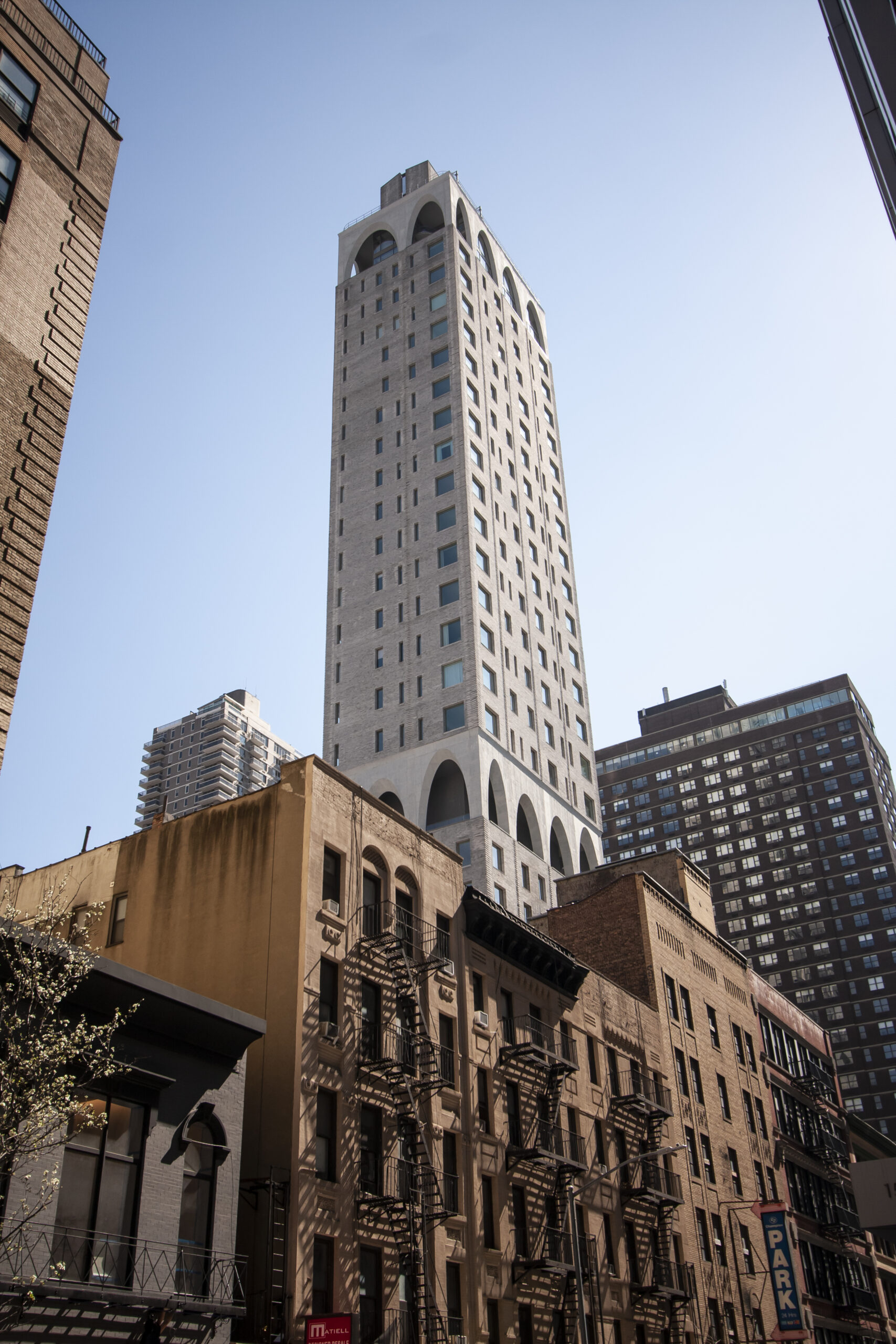
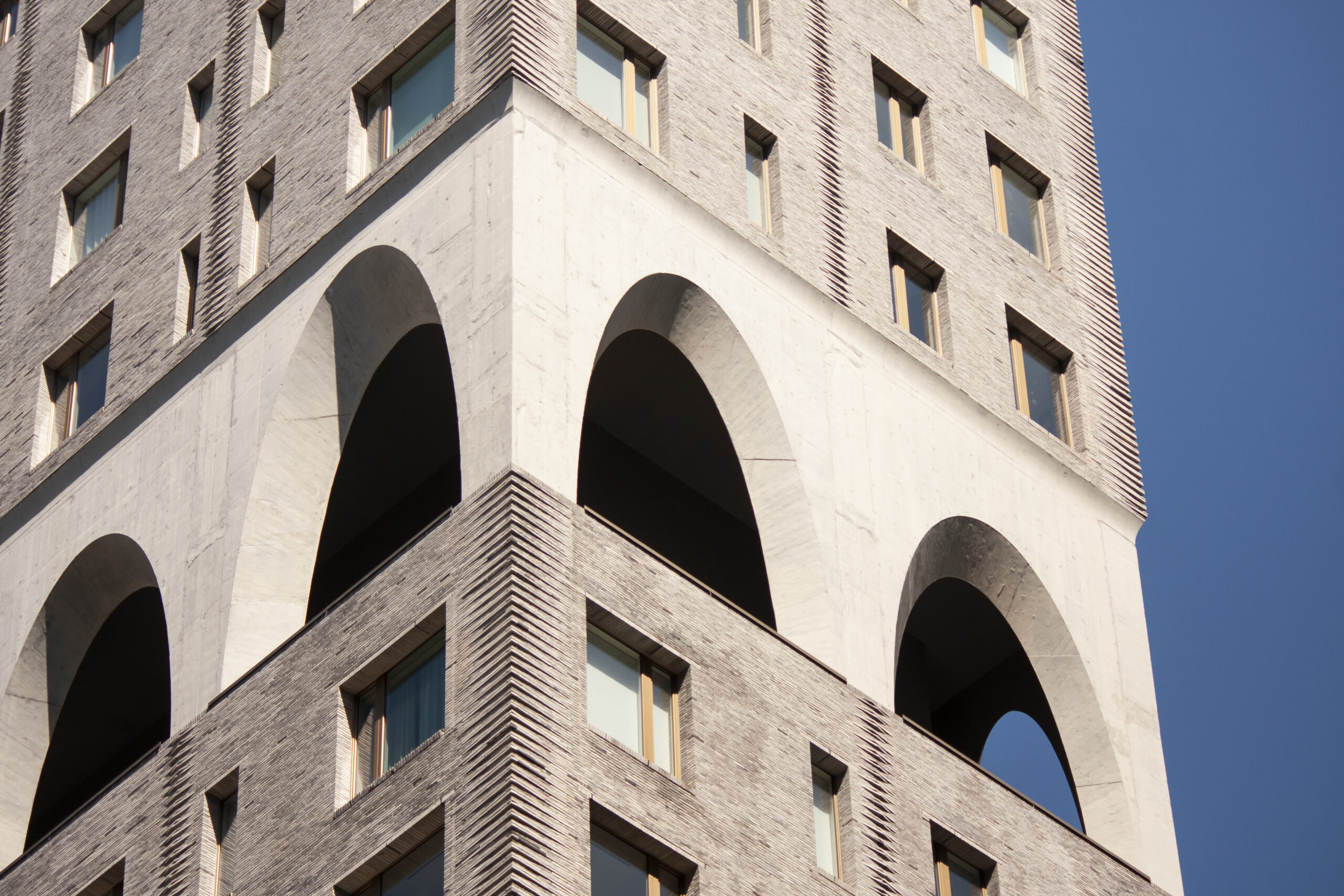
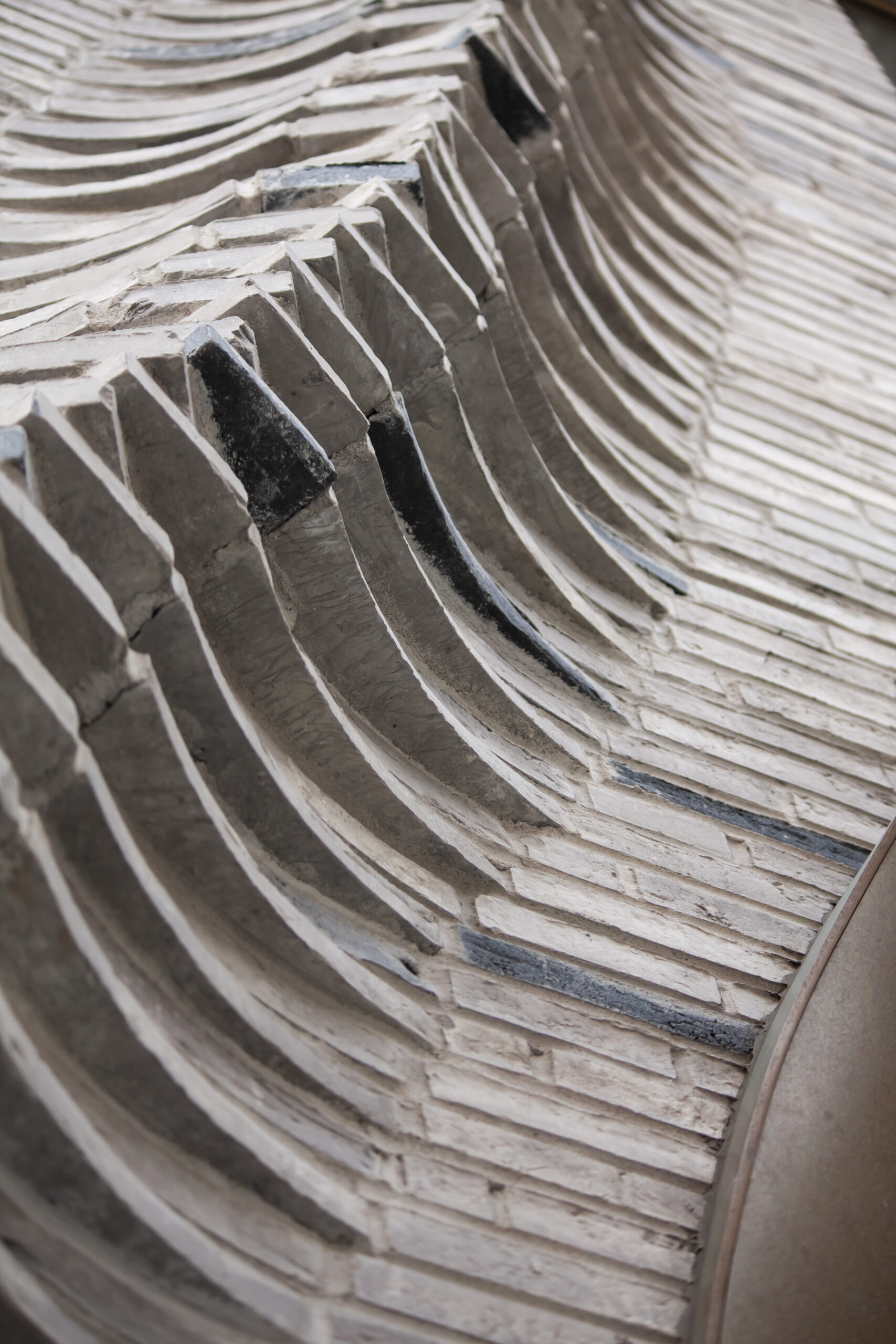
180 East 88th Street by DDG Partners with HTO Architect | Photos by Will Femia
At the heart of luxury living is exceptional design. The architecture of 180 East 88th Street is a testament to this, showcasing how thoughtful and innovative design can elevate a residential building to new heights of sophistication and appeal. As one of the tallest residential buildings on the Upper East Side, 180 East 88th Street offers some of the finest unobstructed views and meticulously designed indoor and outdoor spaces in the city. Its exceptionally high ceilings and nearly unattainable vistas enhance the living experience and provide a rare luxury in New York City, allowing its residents to fully appreciate the vibrant cityscape.
Designed by DDG Partners, this building has a distinctive façade inspired by the craftsmanship and materials of pre-war New York City architecture. Joe McMillan’s DDG is celebrated for its unwavering dedication to craftsmanship and meticulous attention to detail. The firm seamlessly blends architecture and art in their designs, resulting in buildings that are not only visually striking and thoughtfully conceived, but also harmonious with their surroundings, transforming them into works of art. The building was inspired by the boom in high-rise masonry construction in New York in the early 20th century, and it was designed in a way that was meant to pay homage to the lost art of traditional craftsmanship while maintaining a modern aesthetic.
The 50-story building’s façade features nearly 600,000 handmade bricks from master brickworks Petersen Tegl in Denmark. These distinctive bricks, which include the elegant, elongated Kolumba style, possess a thoroughly unique texture and color palette that reflect their handmade quality. The façade exemplifies a level of craftsmanship seldom seen in new construction. Each brick bears a distinct thumbprint, a hallmark of Petersen Tegl that reflects its handmade process. This unique touch, in my opinion, is an embodiment of luxury through architecture.
Amenities: The Complement to Design
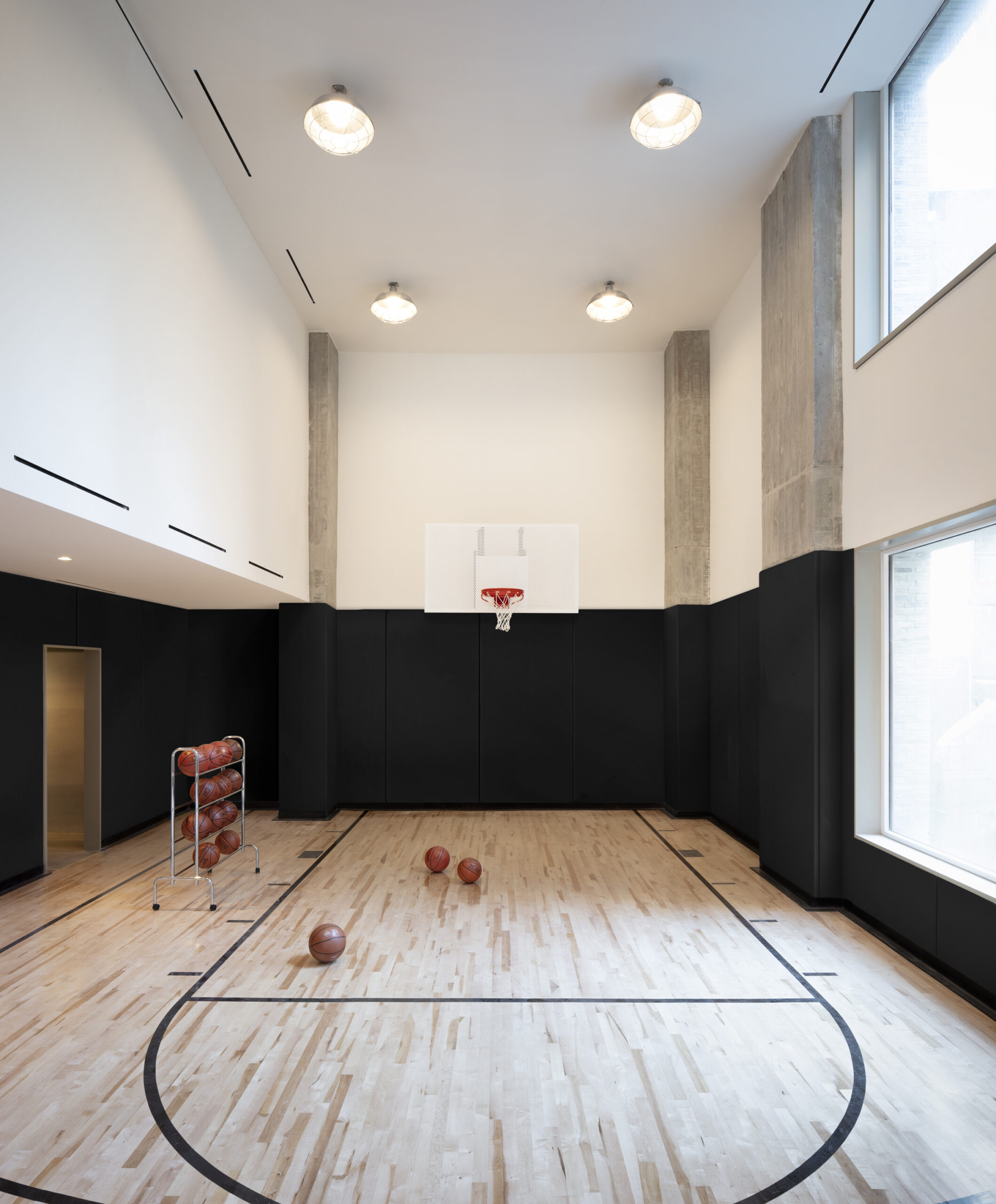
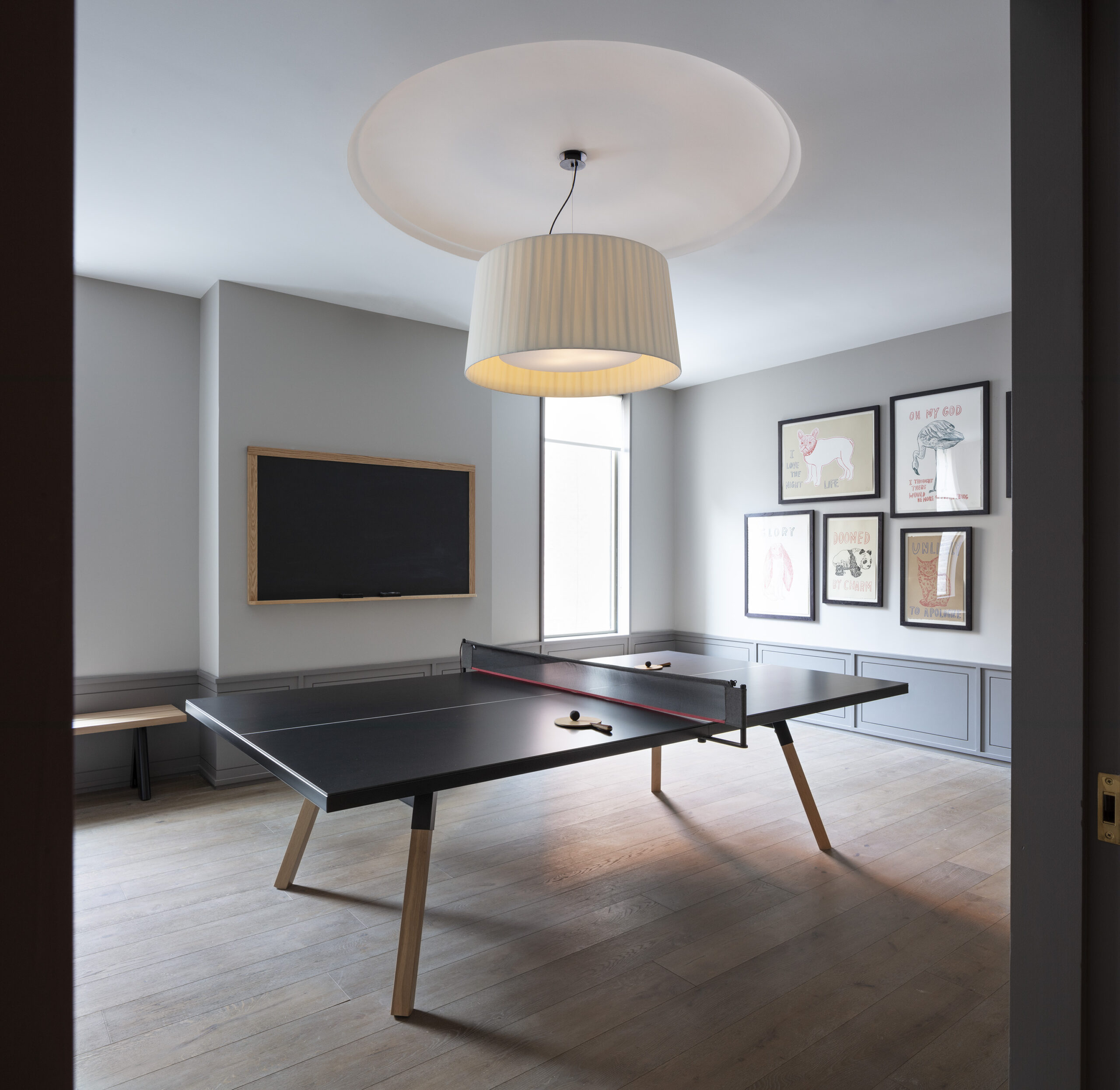

180 East 88th Street by DDG Partners with HTO Architect| Photos by Sean Hemmerle
Inside, the design philosophy continues to emphasize quality and attention to detail. The interiors of 180 East 88th Street are crafted with the same care, featuring high ceilings, large windows and bespoke finishes. The building boasts features like nine-foot Albertini Italian tilt-turn windows and signature arches that frame open loggias at both the midsection and the crown. The layout of each residence is designed to maximize natural light and provide expansive views of the city, enhancing the living experience. This emphasis on design demonstrates that luxury can indeed be defined by the aesthetic and functional qualities of a space.
While exceptional design lays the foundation for luxury living, amenities play a crucial role in enhancing this experience. At 180 East 88th Street, residents have access to a range of high-end amenities that cater to their lifestyle needs. These include a private fitness center, a wine room, a children’s playroom and a game room. Additionally, the building offers a residents’ lounge and a private garden, providing spaces for relaxation and socialization.
The inclusion of such amenities underscores the importance of convenience and comfort in defining luxury. Perhaps convenience is one person’s definition of luxury. In my opinion, it depends on the resident’s values, lifestyle and personal preferences. Amenities complement the building by offering residents a holistic living experience that extends beyond the confines of their private residences. In this sense, amenities are not merely add-ons but integral components that contribute to the overall perception of luxury.
The True Essence of Luxury
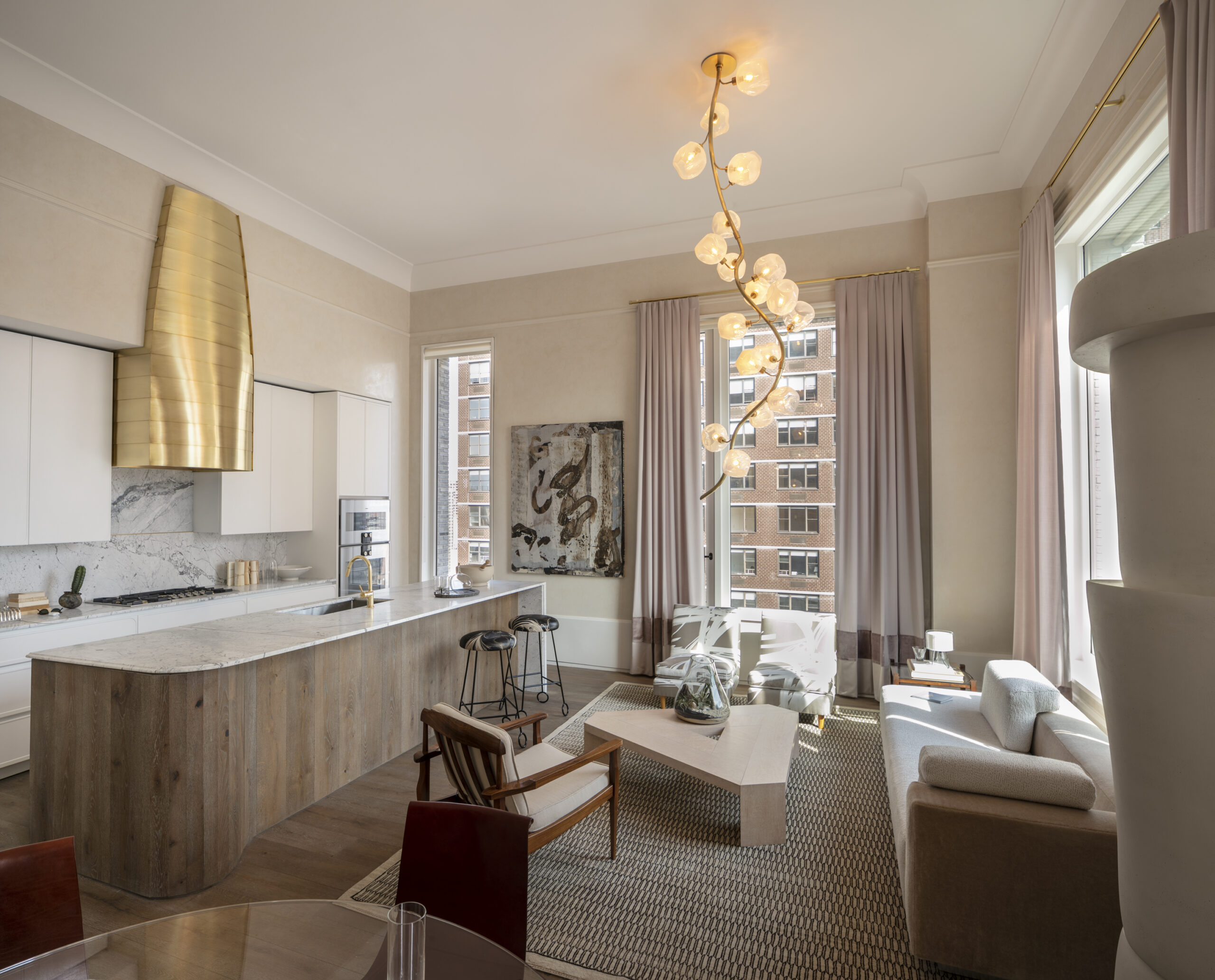


180 East 88th Street by DDG Partners with HTO Architect | Interiors designed by Hadas Dembo | Photos by Sean Hemmerle
The intersection of good design and amenities at 180 East 88th Street prompts a deeper examination of what constitutes true luxury. Is it the visual appeal and craftsmanship of the architecture, or the presence of exclusive amenities that define a luxury residence? The true essence of luxury lies in the seamless integration of both elements.
Luxury, in its truest form, is about providing an elevated and refined living experience. This involves not only the physical attributes of a building but also the intangible aspects such as privacy, exclusivity and a sense of well-being. Good design provides the foundation for these qualities, creating spaces that are aesthetically pleasing and functionally efficient. Amenities, on the other hand, enhance the lifestyle of residents, offering convenience and a touch of indulgence.
Luxury can sometimes be a label attached to a building designed by a renowned architect or artist. The allure of a famous name or brand often defines luxury, even when other designs or facilities may be superior. It ultimately depends on what you value as a resident and a customer. From an architectural standpoint, some buildings have failed tremendously in terms of design, despite their luxurious amenities and offerings. If a building cannot fulfill its basic duties as a well-designed, functioning structure, the luxurious aspect loses its significance. Everything needs to be in balance and working together.
The Controversies and Complexities of Luxury Towers
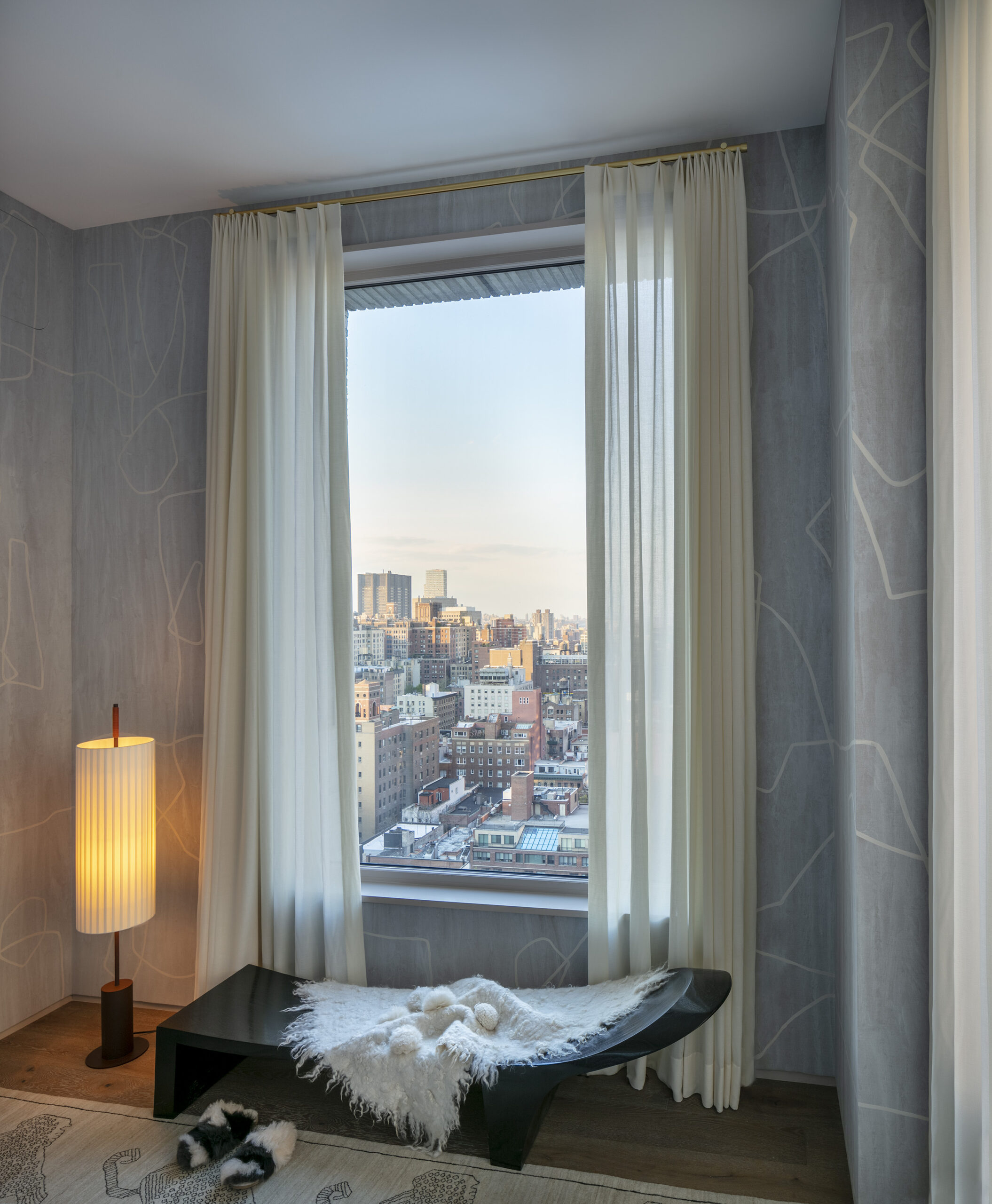
180 East 88th Street by DDG Partners with HTO Architect | Interiors designed by Hadas Dembo | Photos by Sean Hemmerle
As we celebrate the intersection of luxury and design, it is important to address the controversies and complexities surrounding luxury towers, particularly in the context of New York City’s housing crisis. Luxury developments like 180 East 88th Street often symbolize the stark contrast between wealth and inequality in urban areas. While these buildings cater to the affluent, there is a growing concern about their impact on the availability and affordability of housing for the broader population.
In a diverse city like New York, where people from all walks of life coexist, condominiums such as 180 East 88th Street stand out. It’s well-known that a significant percentage of luxury housing units, including top-tier penthouses and apartments, remain vacant for most of the year, purchased primarily as investments rather than residences. Is this fair? Despite many city residents struggling to afford housing, should buildings like this continue to be constructed? Everyone will have their own perspective. As an architect who appreciates all forms of design, I believe that if a building is constructed with care, the right intention and attention to detail, contributing positively to the city’s architectural landscape and beauty, then it can be justified.
Of course, this doesn’t take away from the fact that luxury towers do contribute to the gentrification of neighborhoods, driving up property values and often displacing long-term residents. This phenomenon exacerbates the housing crisis, making it increasingly difficult for middle and low-income families to find affordable housing options. Additionally, the proliferation of luxury developments raises questions about the allocation of resources and the prioritization of housing needs. In my opinion, it’s very possible – and should perhaps be our goal as architects – to design housing that is more affordable while still offering residents a higher standard of living and the necessary conveniences they deserve.
Appreciating Design on Its Own Merits

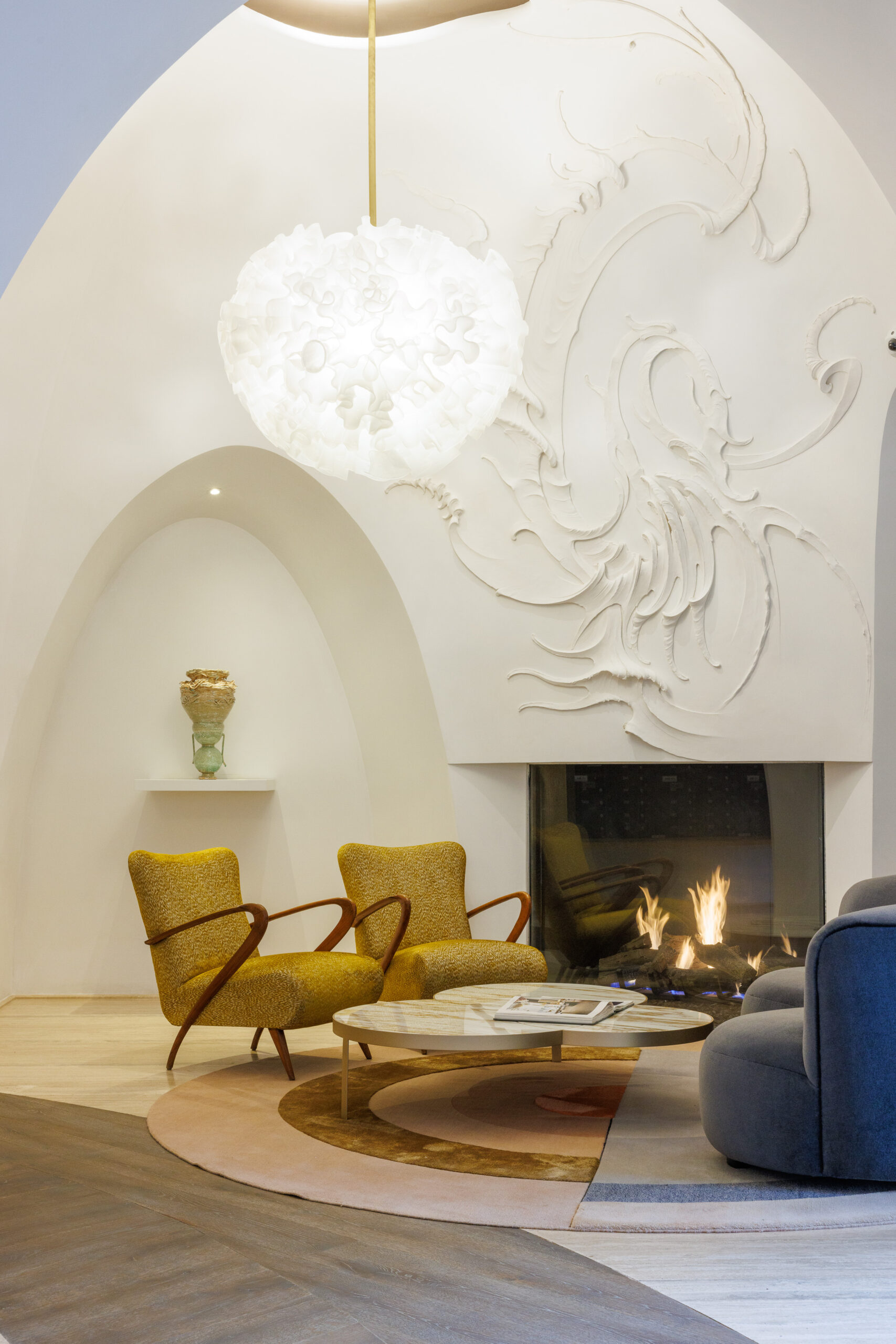
180 East 88th Street by DDG Partners with HTO Architect | Interiors designed by Hadas Dembo | Photos by Alex Stein
Despite these controversies, it is important to appreciate the architectural and design merits of luxury towers like 180 East 88th Street. Good design has the power to inspire, uplift and transform urban landscapes. It represents the pinnacle of human creativity and ingenuity, showcasing what is possible when form and function are harmoniously balanced. After all, New York wouldn’t be the city it is today without its diverse array of buildings, from the luxurious to the more modest, each intentionally designed to contribute to the city’s unique character. It wouldn’t be the city it is today without the iconic skyscrapers that define its skyline, towering over Central Park, lining the East River, and offering luxurious views along the West Side Highway towards Manhattan and beyond.
In the case of 180 East 88th Street, the building’s design is a modern interpretation of classic New York architecture, paying homage to the city’s rich architectural heritage while introducing contemporary elements. The Upper East Side is lined with grand brick and stone buildings. DDG knew they wanted to create a special building that felt contextual to its surroundings, so they aimed to pay homage to the neighborhood’s existing architecture while introducing a fresh, modern aesthetic. The Petersen Tegl bricks on the building’s facade have a distinct color and style that feel authentic to the context of the Upper East Side, but unique enough to create a notable architectural moment.
This blend of old and new creates a timeless aesthetic that enhances the character of the neighborhood. The craftsmanship and attention to detail evident in the building’s design are worth of admiration, irrespective of the socioeconomic implications.
The intersection of luxury living and good design is a multifaceted and nuanced topic. The building at 180 East 88th Street serves as a compelling example of how exceptional design and thoughtfully integrated amenities can define luxury. However, it also highlights the complexities and controversies associated with luxury developments in the context of urban housing challenges.
Ultimately, the true essence of luxury is subjective and open to interpretation. Some may argue that it resides in the seamless integration of both sophisticated design and exceptional amenities, crafting an elevated living experience tailored to the desires and necessities of its residents. While it is important to address the broader implications of luxury towers, we should also appreciate the architectural achievements and the contributions of good design to the urban fabric. As we continue to navigate the evolving landscape of luxury living, striking a balance between exclusivity and inclusivity will be key to creating harmonious and sustainable urban environments.
Call for entries: The 14th Architizer A+Awards celebrates architecture's new era of craft. Apply for publication online and in print by submitting your projects before the Final Entry Deadline on January 30th!




